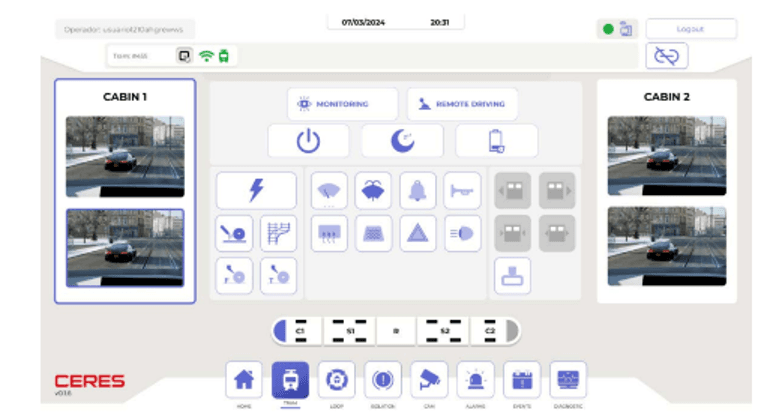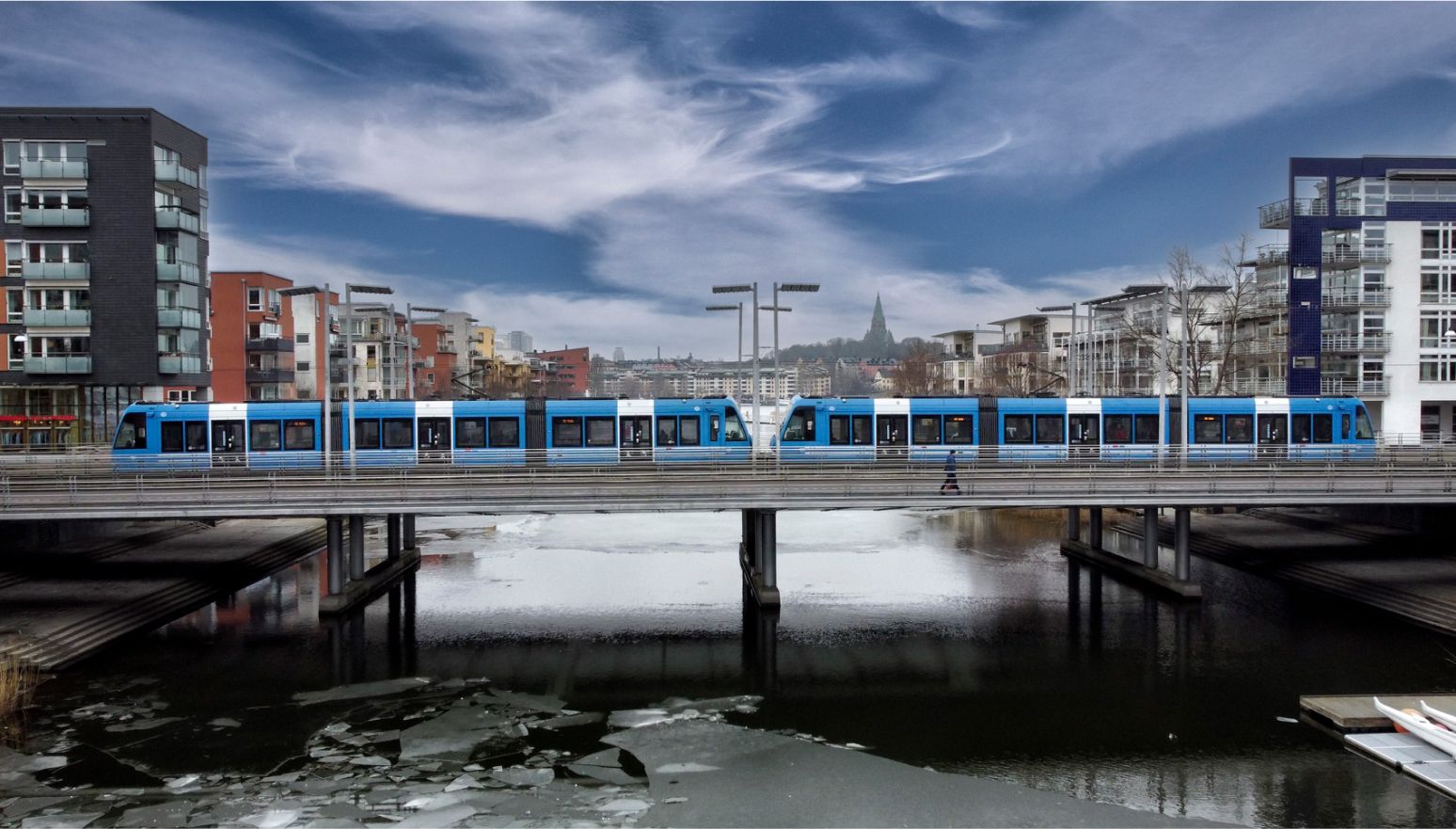In the era of digitalisation and connectivity, the railway industry is not being left behind. Remote train operation stands out as one of the most promising innovations, offering a range of advantages that could transform rail transport as we know it.
What is Remote Train Operation?
Remote train operation involves controlling and operating trains from a remote location using advanced communication and control technologies. This technology allows operators to manage trains without being physically present in the cab, which can enhance operational efficiency and depot safety.
Benefits of Remote Train Operation
- Enhanced Safety: By eliminating the need for drivers to traverse potentially hazardous environments to reach trains in the depot, the risk of accidents is reduced, and the overall safety of the railway system is improved.
- Operational Efficiency: Remote operation allows for more flexible and efficient management of trains, eliminating driver travel time and thus reducing the overall time required for manoeuvring operations.
- Cost Reduction: Centralising operations can lower the costs associated with labour.
- Quick Response to Incidents: Operators can respond to incidents more swiftly and effectively thanks to the ability to monitor and control multiple trains simultaneously.
Key Technologies
The implementation of remote train operation relies on several advanced technologies:
- Low-Latency Communications: Low-latency networks, such as 5G, provide the speed and reliability needed for real-time data transmission, which is crucial for remote train control.
- Low-Latency Video Streaming System: The ingestion, encoding, and transmission of video streams using dedicated hardware ensures low screen-to-screen latency, allowing for remote operation with a quality of experience similar to local driving.
- Cybersecurity: Cybersecurity plays a key role in ensuring safe remote operations and is integrated from the application’s design phase through to deployment.
- Reliability and Availability: The application is designed with reliability and availability in mind, ensuring tolerance to failures.
Use Cases and Projects
CAF’s autonomous driving function has been developed within the R2DATO project (Grant Agreement no. 101102001) under the European research programme Europe’s Rail Joint Undertaking. As part of this project, the remote driving function has been validated on a tram using CAF’s proprietary remote control station, called CERES (see images), in collaboration with the operator Sporveien Trikken. Additionally, the remote driving function has been validated on a regional train of NS, the Dutch railway operator, where the remote control station was developed by the operator and integrated into the backend developed by CAF. The validation on both platforms not only demonstrates the versatility of this platform for different types of railway vehicles but also the adaptability of this function thanks to the use of open interfaces that allow for the integration of remote control stations developed by the operator.


Challenges and Future
Remote train operation is the first function of ALIVE, a suite of solutions towards autonomous trains developed by the CAF group. In the coming years, ALIVE will gradually incorporate new functions with varying degrees of automation, both for depot movements and commercial operations.

 .
.